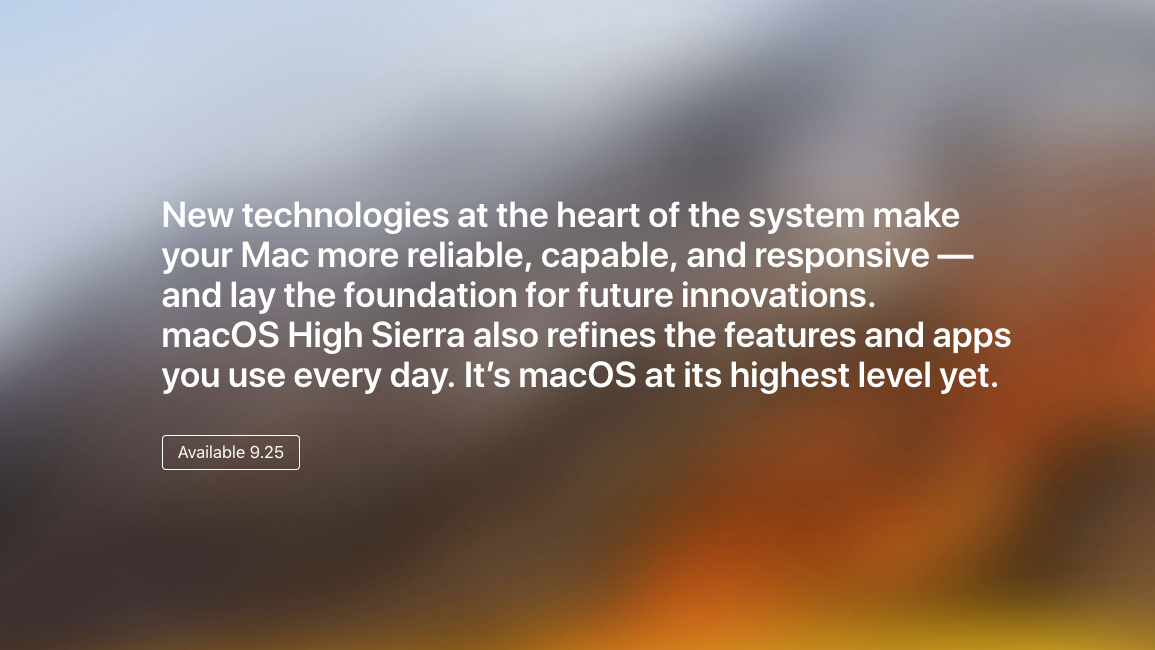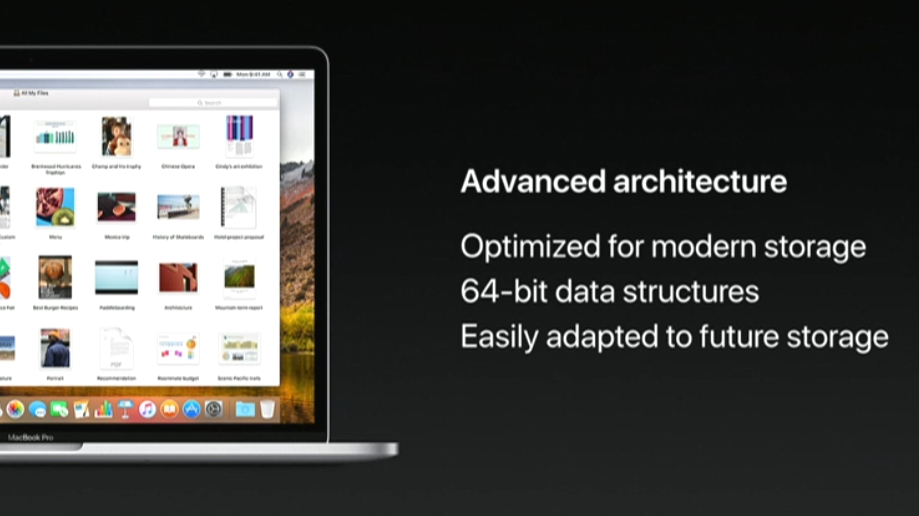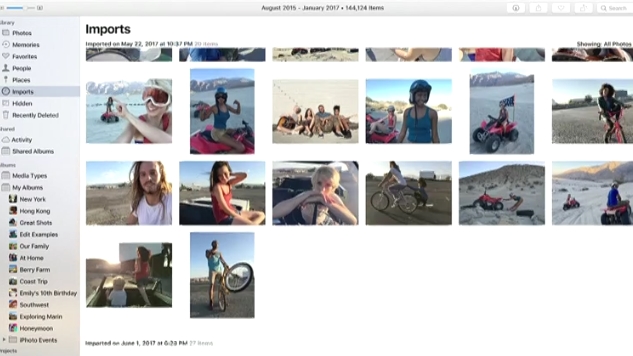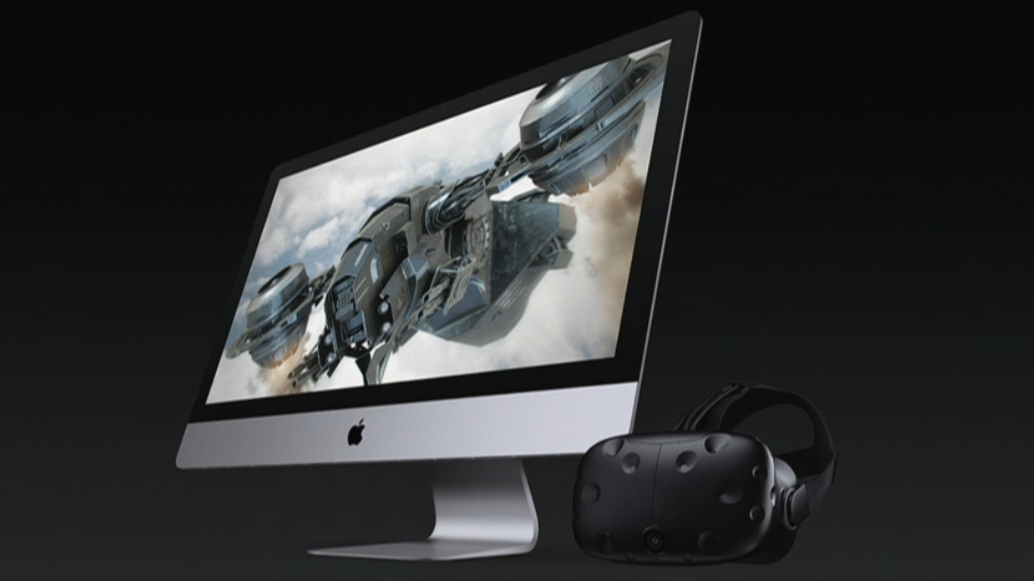macOS 10.13 High Sierra release date, news and features
It’s months away now, but with WWDC 2018 approaching, it’s time to take a look at macOS High Sierra 10.13, what it’s brought to the table and how Apple will likely follow it up later this year.
Despite its run-ins with password vulnerabilities as well as with the Meltdown and Spectre flaws infecting every modern PC that’s out there today, our experience with macOS High Sierra has been generally positive. At this point, Apple has addressed the few complaints we’ve had. Plus, the improved built-in photo editing tools and renovated file system more than make up for them.
Unfortunately, macOS High Sierra also falls into the same pitfall that OS X Mountain Lion did after Lion: it introduces a handful of new features, but fails to reinvent the wheel. We won’t know until later this year what Apple’s next steps are, however we’ve seen numerous reports of iOS apps making their way to macOS.
In the meantime, here is everything you need to know about macOS High Sierra.
Cut to the chase
- What is it? The 2017 edition of Apple’s Mac operating system, macOS
- When is it out? Available to install now
- What will it cost? macOS High Sierra is free to download

macOS 10.13 High Sierra release date
Apple unveiled macOS 10.13 High Sierra at the WWDC 2017 keynote event, which came as little surprise, given that it's traditional for Apple to announce the latest version of its Mac software at its annual developer event.
Yet, it wasn’t until September 12 that Apple revealed that the full version of High Sierra would release just a week and a half later, on September 25. There was a developer version of the operating system you could enroll in leading into the final release, but fortunately that’s no longer necessary to take advantage of the latest features found in macOS 10.13.
Since then, macOS High Sierra has received numerous updates, the latest of which is version 10.13.3. In it, you can expect the usual stability improvements in addition to a fix to a Messages bug that was previously showing texts out of order. Not only that, but for those experiencing a glitch that allowed App Store system preferences to be unlocked without a password, that too should have disappeared in macOS High Sierra 10.13.3.

macOS 10.13 High Sierra features
Despite some Hackintosh users being rightfully worried about the newly enforced security checks on EFI firmware automatically deployed every week, Apple has introduced a number of exciting new features with macOS 10.13 High Sierra.
These include improvements to Safari – which will now thwart ad-tracking and auto-playing videos – and a more comprehensive Spotlight Search in the Mail App. Moreover, when you’re writing emails, the app now allows split view for the compose window – and, to make matters better, it uses up to 35% less disk space.
The Photos app has been updated in macOS 10.13 High Sierra as well, with a better sorting tool to boot. All of this is complemented by a new layout, better facial recognition thanks to neural networks, and better syncing across all Apple devices.

Editing tools, too, have seen improvements, in turn making it easier than ever to enhance the quality of your photos without learning the ins and outs of Photoshop or Camera RAW. And of course, you can count on Instagram-like filters being a part of this.
One of the biggest changes that comes with macOS High Sierra is with the file system. It’s ditching the HFS – which Apple has used for around 30 years, and is now using the Apple File System (APFS) instead.
Every Mac that’s upgraded to macOS High Sierra will make this files system change automatically with the exception of those sporting Fusion Drives and older HDDs. Likewise, all new Macs will ship pre-formatted for APFS.
To be exact, APFS is a 64-bit file system that supports native encryption and faster metadata operation. This may all sound a bit techy, but the bottom line is that this will make your Mac feel a lot faster, while also being more secure and more transparent about the nature of your files and folder contents.
The update also brings HEVC, or H.265, video compression to the Mac. Apple claims that this new standard can compress video files 40% more than the previous-generation H.264 standard. The end result will be faster video streams at higher resolutions – ahem, 4K – and smaller video files sizes when stored locally.

VR finally comes to the Mac
One of the biggest bits of news surrounding macOS High Sierra is that it will finally bring support for virtual reality headsets officially. Namely, the HTC Vive and Steam VR will work with Macs running the new OS this autumn.
However, to use such a device, you'll need at least a 5K iMac or MacBook Pro – or, any Mac that can run the new OS with an external graphics card box attached via Thunderbolt 3. Support for such devices will come part and parcel with macOS High Sierra, but won't be an active function until spring 2018.

macOS 10.13 High Sierra compatibility
Fortunately, in the act of creating a macOS iteration that only moderately shakes things up, the barrier to entry didn’t change at all. As long as you’re rocking one of the following Mac models, you’ll be good to go with macOS High Sierra on day one:
- Late 2009 iMac or newer
- Late 2009 MacBook/MacBook (Retina) or newer
- Mid-2010 MacBook Pro or newer
- Late 2010 MacBook Air or newer
- Mid-2010 Mac Mini or newer
- Mid-2010 Mac Pro or newer
- 2017 iMac Pro
Bear in mind that if you want to take advantage of the High Efficiency Video Coding (HEVC) benefits posed by macOS High Sierra, you’ll need a Mac donning – at the very least – an Intel sixth-generation Skylake processor. Unfortunately, that discounts everything released prior to 2015, but on the bright side, everything else macOS High Sierra brings to the table is fair game.
Joe Osborne and Gabe Carey have also contributed to this report
Contributer : Techradar - All the latest technology news http://ift.tt/2swmlsF

 Reviewed by mimisabreena
on
Wednesday, February 07, 2018
Rating:
Reviewed by mimisabreena
on
Wednesday, February 07, 2018
Rating:















No comments:
Post a Comment